Order: Fabales. Family: Fabaceae. Subfamily: Caesalpinioideae
 © serval
© serval © Toko
© Toko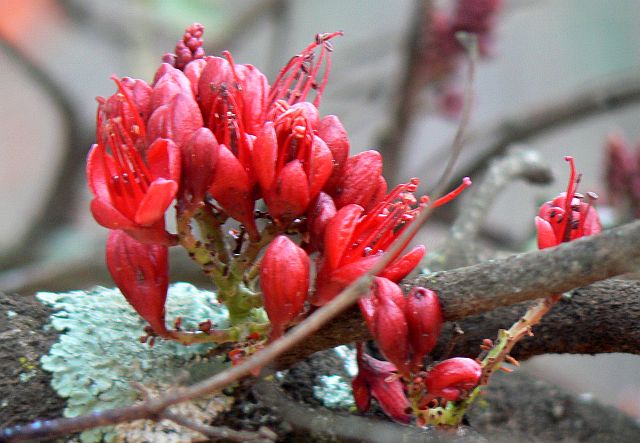 © Toko
© TokoMlilwane, Swaziland
 © Mposthumus
© MposthumusKruger National Park, Pretoriuskop Sourveld
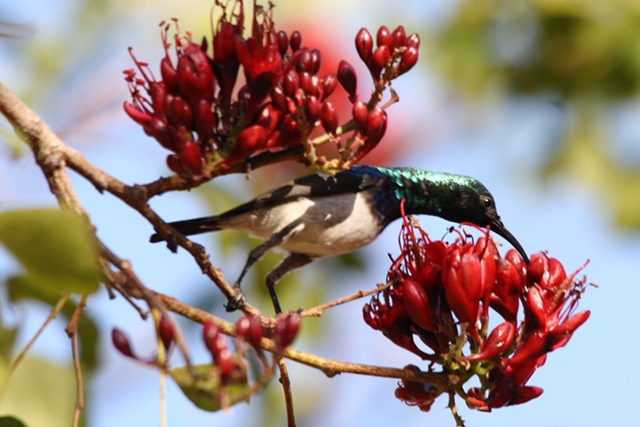 © Flutterby
© FlutterbyKruger National Park, Pretoriuskop Sourveld
Description:
Flowers: Aug - Oct; Fruit: Mar - Sep.
In spring, clusters of bright, waxy flowers create dramatic splashes of crimson which attract birds and insects. Surprisingly, the flowers have either no petals or they are small and insignificant. Instead it is the sepals which are shaped in such a way that they act as minature goblets for the abundant life-giving nectar.
The Weeping Boer-bean has been known to reach an incredible height of 22 m, although 10-12 m is more common. It is widespreading with a rounded crown and this attractive shape, together with the exceptional display of flowers, has made it a popular choice when a decorative garden tree is sought. Grown from seed or truncheon, the Weeping Boer-bean is fairly cold resistant but is not considered to be very fast-growing.
The name derives from the edible seeds contained within the brown pods, literally translated as “farmer bean”. Roasted seeds were utilised by the Voortrekkers and the seeds were also ground-up and used to make a coffee substitute. The “weeping” referred to in the common name has been attributed to two factors; the parasitic spittle bugs which inhabit the tree, and the copious amounts of nectar present in the flowers. Another possible factor may have been the weeping and wailing that took place in the Boer laagers when the coffee ran out and there was not a Schotia in sight!
Distribution
A native of the southern parts of Africa, mainly sub-tropical. Its northernmost extent is on the edge of the Mashonaland Plateau just south of the Zambezi valley in Zimbabwe at about 17°S. It grows southwards to the eastern parts of South Africa, generally not near the coast but usually on hills away from the coastal winds and further inland. It southernmost extent is southwest of East London in the Eastern Cape of South Africa at about 33°S. It is a tree of woodland rather than forest.
Habitat
Often on termite mounds; also a riverine tree in the southern lowveld.
Spruit in Marloth
 © leachy
© leachy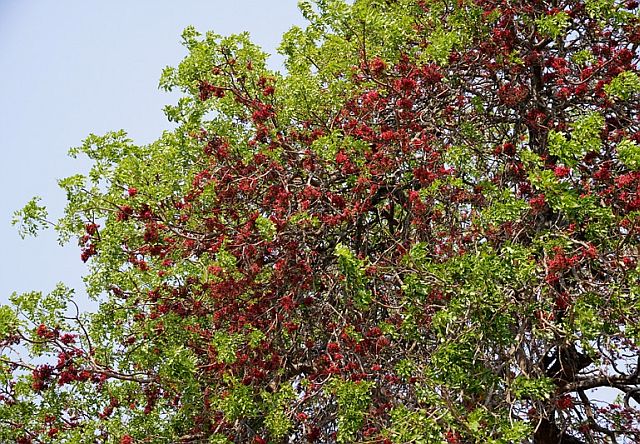 © leachy
© leachy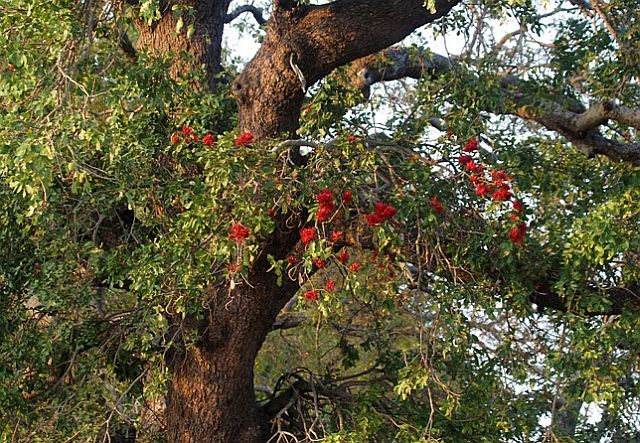 © leachy
© leachyLower Sabie, Kruger National Park
Links: Wild About Trees; Trees and Shrubs of Mpumalanga and Kruger National Park



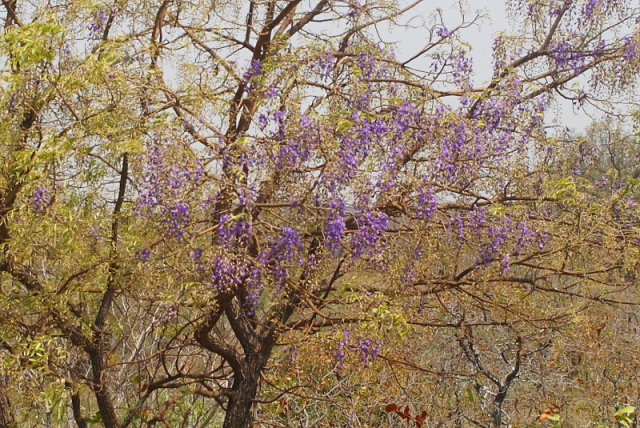
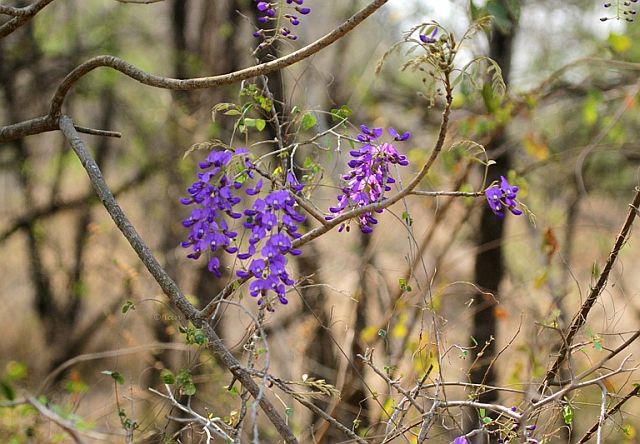 © leachy
© leachy © leachy
© leachy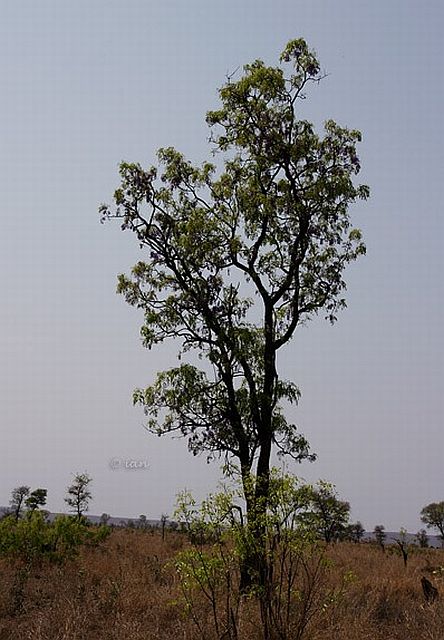 © leachy
© leachy © mposthumus
© mposthumus © Sharifa
© Sharifa © Sharifa
© Sharifa
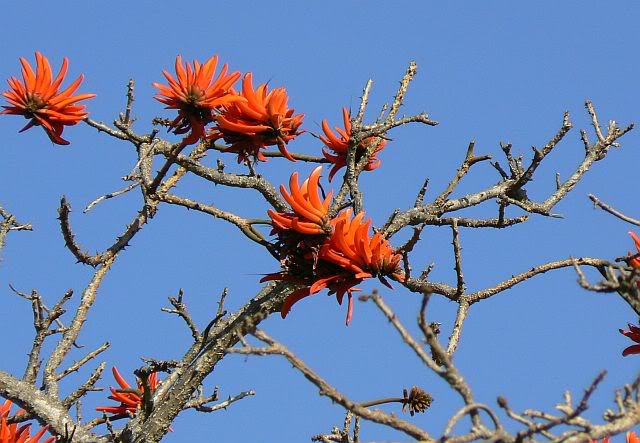
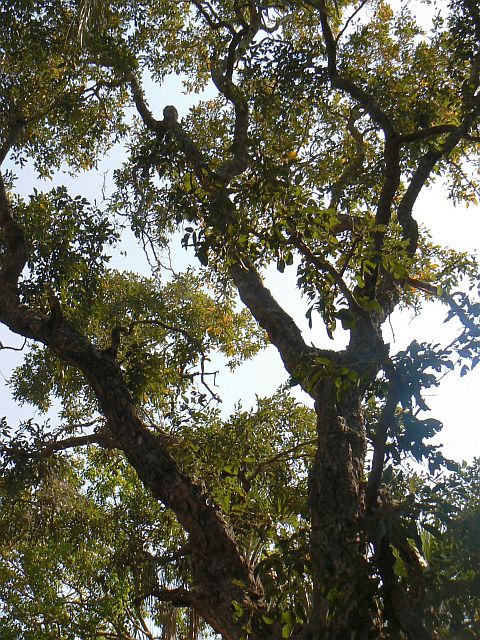
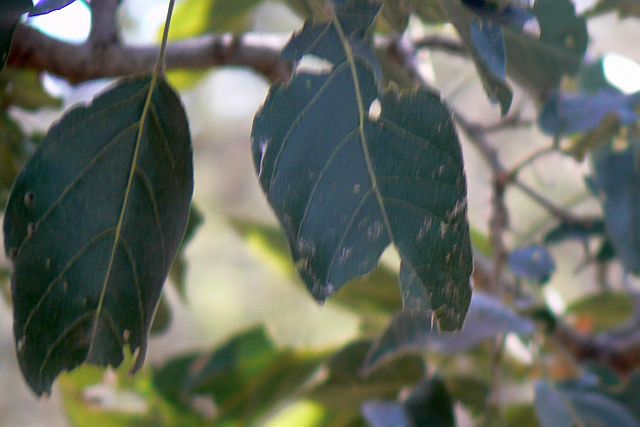
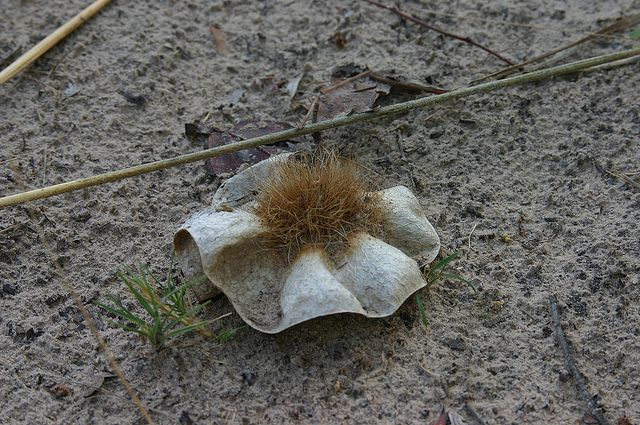 © Moggiedog
© Moggiedog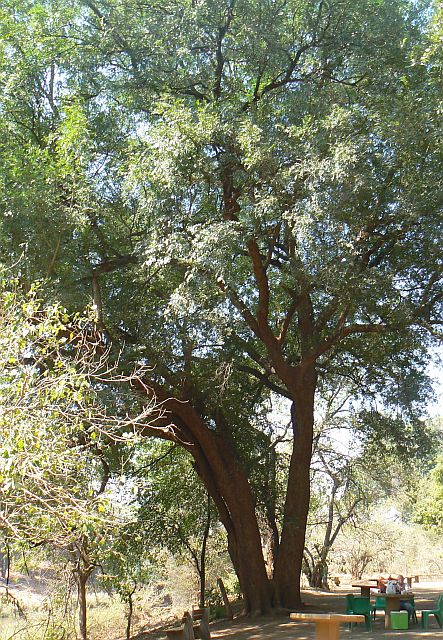 © Toko
© Toko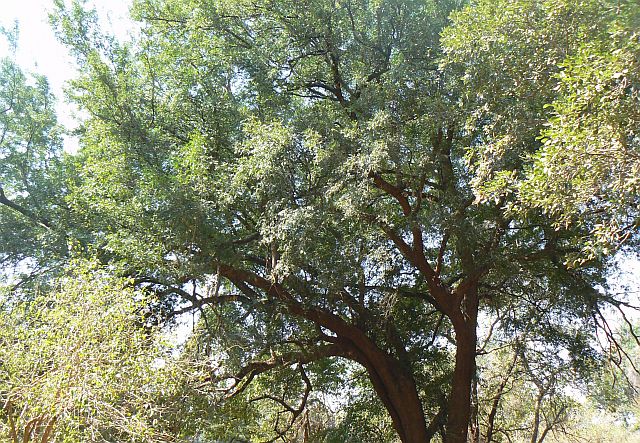
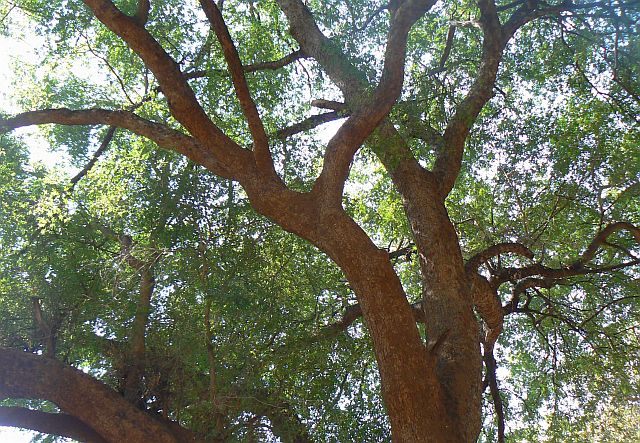
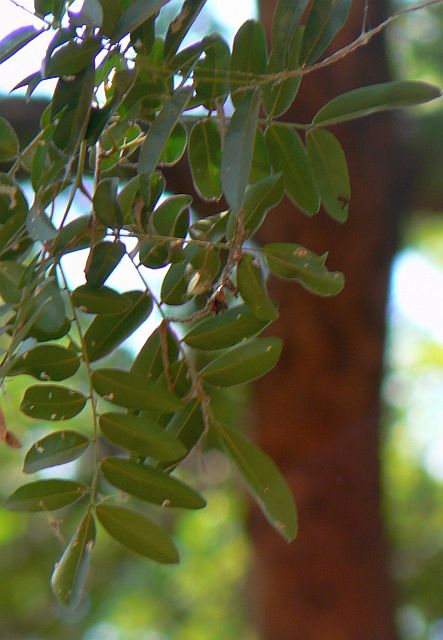

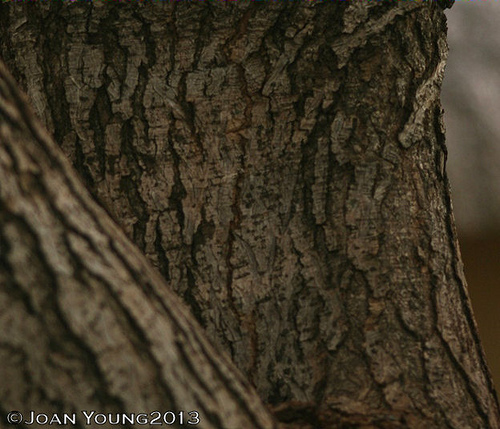


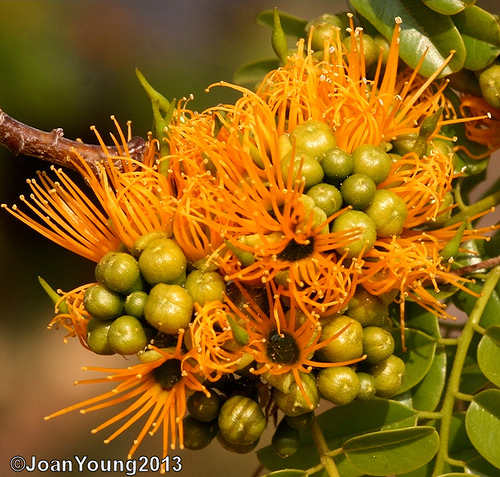
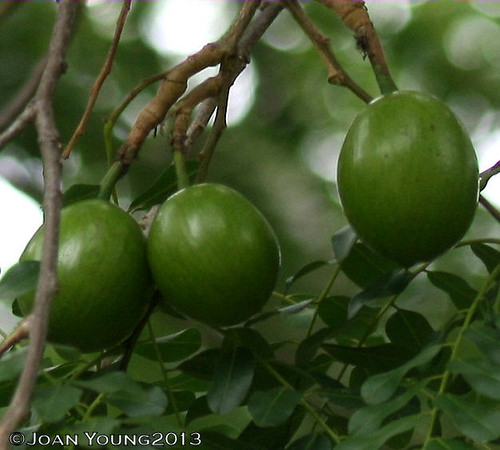
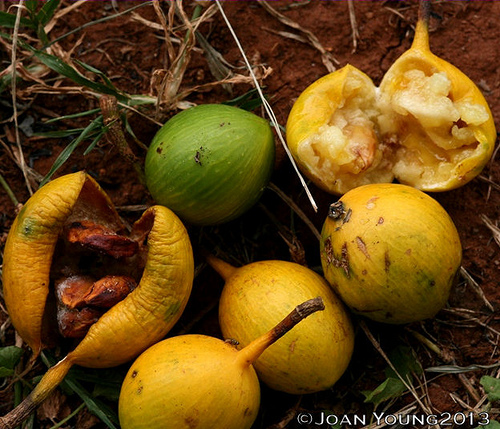
 © Kesheshe
© Kesheshe © Lisbeth
© Lisbeth © Lisbeth
© Lisbeth